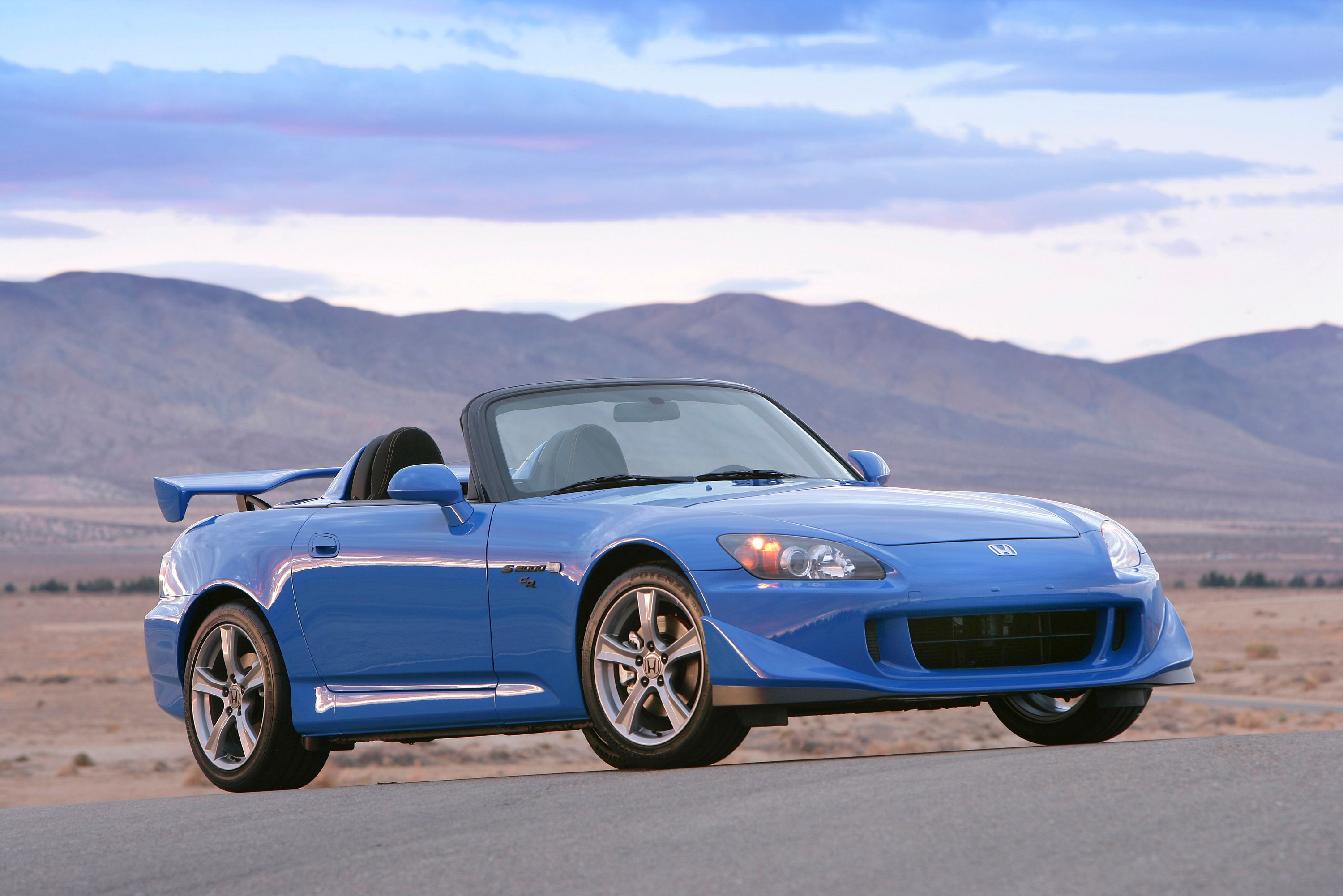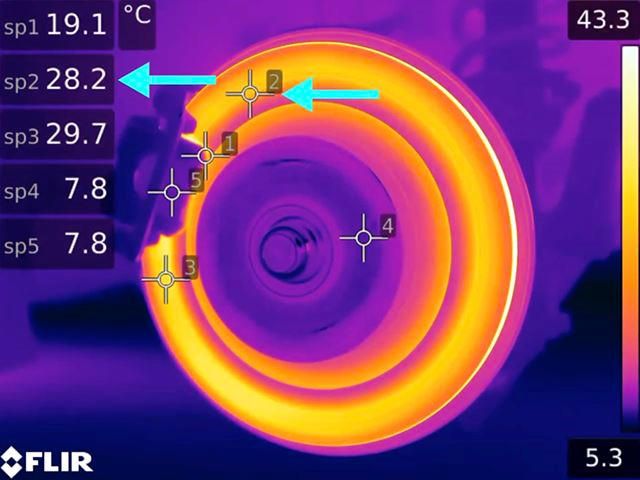
Our buddy Jason Fenske of Engineering Explained is at it again recording a marvel of modern engineering that goes unseen to the human eye and is under appreciated by most drivers by wielding his thermal camera and four-wheeled sacrificial lamb, a yellow Honda S2000. In this case, we're looking at the disc brakes and pads, a part you usually don't think about until you have to, such as when you're in a Ford Mustang and hurling nearly two tons of car at a wall of onlookers.
Now as you probably know, your brakes get hot after trying to scrub speed by converting car and driver traveling with healthy amounts of kinetic energy into heat. Why else would Ferrari and McLaren add heat-absorbing materials like carbon ceramic brakes into their cars, which then glow red hot when grabbing the rotors for dear life?
The lesser known facts about brakes are that different parts of them collect, absorb, and retain heat differently than others. That's the science lesson we are privy to here thanks to Fenske's camera, which is so sensitive to changes in temperature that it can pinpoint individual parts and report back to us the differences in thermal energy. Immediately noted is the fact that the part of the rotor about to enter and pass the brake pad is cooler than the area that has just passed the brake pad even though fractions of a second pass between rotations. If this doesn't help you gain a bit more appreciation for your brakes, then only a near-death experience that's averted by healthy brakes will.

